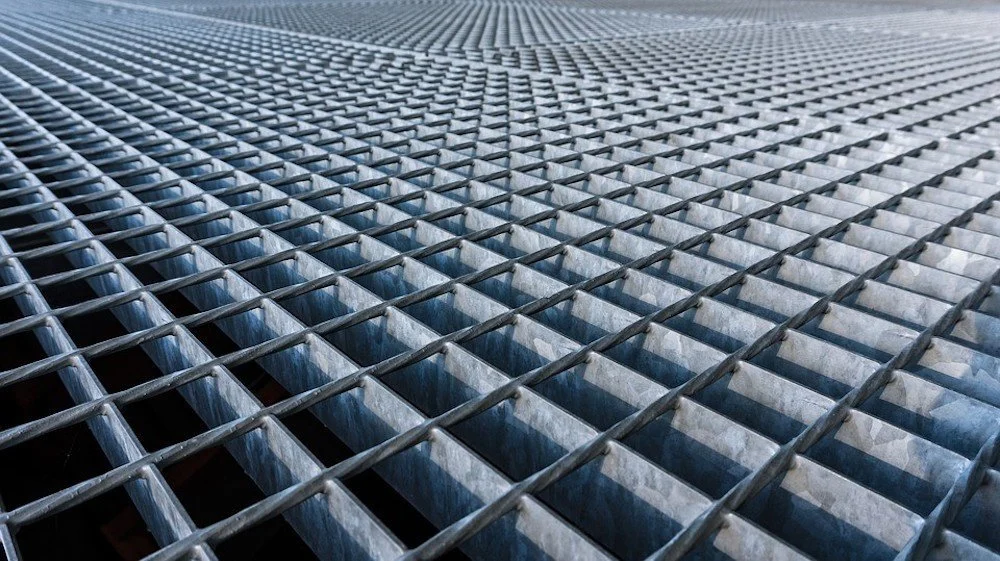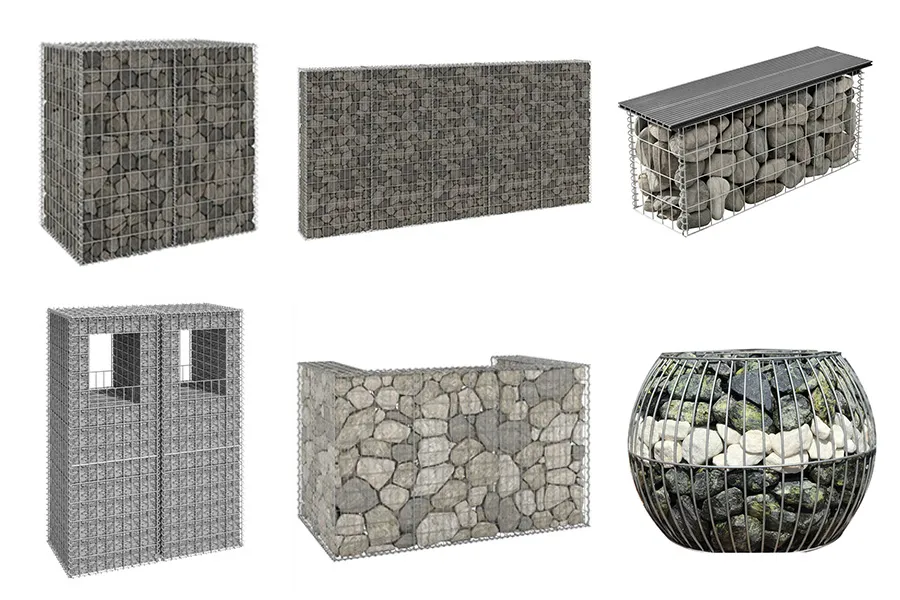-
+86 15030157877
-
sales@galvanizedmetalmesh.com
Oca . 13, 2025 18:13 Back to list
fixed knot fence
Fix Knot Fencing A Comprehensive Guide for the Modern Homeowner
Laying a fix knot fence requires precision and planning. Begin by clearly marking the boundary using stakes and a guiding line. This ensures a straight and well-aligned fence. When positioning the posts, make sure they are firmly anchored into the ground. Using concrete to set the end, corner, and gate posts provides a stable foundation that will support the tension of the wire mesh. As you unroll the wire mesh, it’s important to maintain consistent tension. Specialized fencing tools, like wire tensioners and gripples, can help achieve the ideal tension needed. When attaching the mesh to wooden posts, use sturdy U-nails or staples, ensuring they are driven in at a downward angle to prevent slippage. Maintaining Your Fix Knot Fence Routine maintenance will extend the life of your fence. Regularly inspect for any signs of damage, such as bent or broken wires, which should be promptly repaired to prevent the damage from spreading. Re-tension any sections of the mesh that have become loose over time. Clearing vegetation from around the fence will also help maintain its integrity, as plants can trap moisture against the metal, leading to potential rust issues. Innovative Applications While traditionally used for agricultural purposes, fix knot fencing has found applications in residential and commercial settings. Its robust nature makes it ideal for securing gardens, delineating property lines, and even as an attractive rustic barrier in landscape design. Modern homeowners appreciate not just the functionality but also the aesthetic appeal of this classic fencing style. Fix knot fencing is a versatile, durable solution that continues to be a popular choice among those looking for reliable security measures. By investing in quality materials, following best installation practices, and committing to routine maintenance, you ensure that this time-tested fence style will serve you effectively for years to come. Embrace the strength and reliability of fix knot fencing to protect and beautify any space.


Laying a fix knot fence requires precision and planning. Begin by clearly marking the boundary using stakes and a guiding line. This ensures a straight and well-aligned fence. When positioning the posts, make sure they are firmly anchored into the ground. Using concrete to set the end, corner, and gate posts provides a stable foundation that will support the tension of the wire mesh. As you unroll the wire mesh, it’s important to maintain consistent tension. Specialized fencing tools, like wire tensioners and gripples, can help achieve the ideal tension needed. When attaching the mesh to wooden posts, use sturdy U-nails or staples, ensuring they are driven in at a downward angle to prevent slippage. Maintaining Your Fix Knot Fence Routine maintenance will extend the life of your fence. Regularly inspect for any signs of damage, such as bent or broken wires, which should be promptly repaired to prevent the damage from spreading. Re-tension any sections of the mesh that have become loose over time. Clearing vegetation from around the fence will also help maintain its integrity, as plants can trap moisture against the metal, leading to potential rust issues. Innovative Applications While traditionally used for agricultural purposes, fix knot fencing has found applications in residential and commercial settings. Its robust nature makes it ideal for securing gardens, delineating property lines, and even as an attractive rustic barrier in landscape design. Modern homeowners appreciate not just the functionality but also the aesthetic appeal of this classic fencing style. Fix knot fencing is a versatile, durable solution that continues to be a popular choice among those looking for reliable security measures. By investing in quality materials, following best installation practices, and committing to routine maintenance, you ensure that this time-tested fence style will serve you effectively for years to come. Embrace the strength and reliability of fix knot fencing to protect and beautify any space.
Next:
Latest news
-
High Quality Stainless Steel Wire Mesh Roll & Supplier Wholesale Price
NewsJul.22,2025
-
Hexagonal Gabion Mesh: Durable Stone Cages for Landscaping
NewsJul.22,2025
-
Premium Black Brick Welded Mesh - High Strength & Corrosion Resistant
NewsJul.21,2025
-
High-Quality Chicken Wire Panels Leading Manufacturer & Exporter
NewsJul.08,2025
-
High-Quality Concrete Reinforcement Wire Mesh – Reliable Steel Mesh Manufacturers & Exporters
NewsJul.08,2025
-
High-Quality Aluminum Expanded Mesh Leading Manufacturers & Exporters
NewsJul.08,2025



